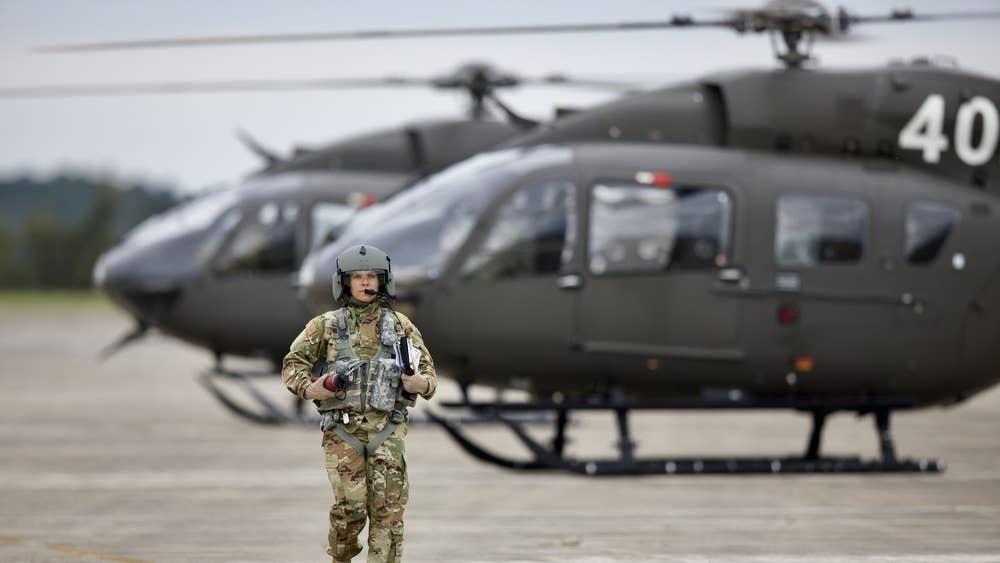Army aviators are getting locked in for 3 more years on active duty

SUMMARY
Training military aviators is resource-intensive. The Army spends millions of dollars putting its pilots through a training pipeline that can take one and a half to two years. As a result, active-duty Army aviators incur an active-duty service obligation, or ADSO, ranging from six-10 years after they complete flight training. The length of this ADSO varies depending on the Army's policy at the time they go through flight school. However, some 600 Army aviators are now learning that their ADSO has been extended by another three years.
Army officers who commission through ROTC or the United States Military Academy must compete to get into their Army branch. Smaller and more desirable branches like Aviation and Military Intelligence are extremely competitive. From 2008-2020, the Army offered Branch ADSOs that increased the likelihood of a cadet to receive their branch of choice in exchange for an additional three years of service. Cadets could also ADSO for their first duty location.
For aviators, the BRADSO could be served concurrently with their flight school ADSO and was an attractive option to get into the Aviation branch. After all, the ADSO after winging was longer than the 3-year BRADSO. However, in a telephone media roundtable on April 27, 2023, the Army announced this to be an "error." The three-year BRADSO must be served separately, effectively extending the contracts of over 600 active duty officers.
The Army's review of the ADSO policy came after over 140 Army aviators were denied discharges due to their unserved BRADSOs beginning in the Fall of 2022. Since then, the affected population has grown. One Army Captain who graduated from flight school in 2018 shared how this policy reversal affects him and his family with WATM on the condition of anonymity.
"We bought a house with the intent I'd be out of the Army [at our current duty station]. With this new timeline, I'll certainly have to PCS," he said. "I also planned to be a stay-at-home dad for the first year or two when we have kids; now we'll have to delay having kids because...[my wife] works an extensive schedule, so between Army life and her work, we can't do both and have kids." The three-year extension certainly came as a surprise to this aviator. "Looks like I'll be a Major," he noted with frustrated resignation.
The Army maintains that this policy reversal is a correction of an error following a legal review. "This is not a new policy, but we are correcting oversights in record keeping that led some officers with an applied BRADSO to separate from the U.S. Army before they were eligible," the service said in a letter to affected aviators. Outside of the Aviation branch, the Army has struggled to meet recruiting goals and retain soldiers.
SHARE
